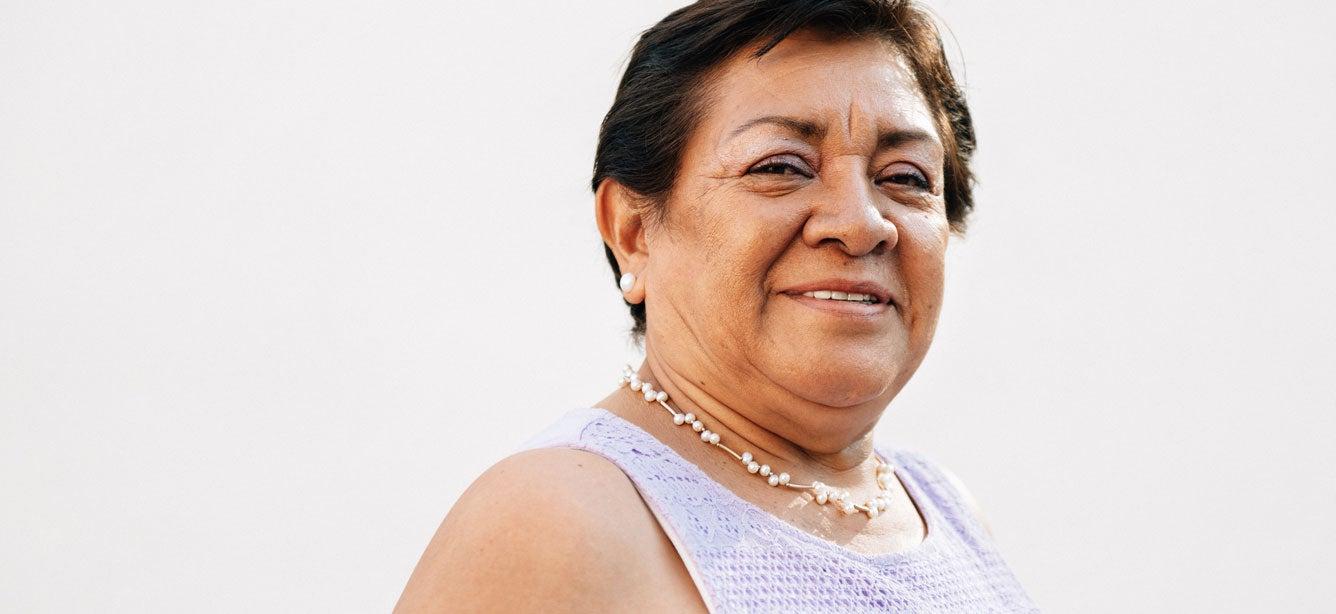10 Policy Solutions to Improve Obesity Care for All
8 min read

Last fall, NCOA and 12 collaborating organizations met to discuss obesity and healthy aging. During that discussion, national experts identified 10 solutions and policy recommendations to build a holistic approach to obesity prevention and management among older adults.
What are the main barriers to a holistic approach to obesity care for roundtable participants? Older adults living with obesity lack access to the full range of treatment options, and that lack of access has produced negative consequences.
What can policymakers do to improve access to obesity care?
Society-wide changes are needed to achieve a holistic approach to obesity prevention and management for all older adults. Among the recommendations made by roundtable participants made the following recommendations (also published by the Journal of the American Geriatrics Society on March 9, 2022):
- Obesity treatment should be personalized. One-size-fits-all treatment approaches are often used, even though older adults differ. Treatment should be tailored to meet individual needs and circumstances.
- Several measures of health should be considered when personalizing obesity treatment. Body mass index (or BMI), a measure of body fat based on height and weight, is often used to select obesity treatment, but it is an indirect measure of a person’s body fat and health risks. Overall health and lifestyle factors may be more important than BMI in older adults. Other measurements, like a person’s metabolic measurements (such as blood pressure and blood sugar levels), can also help personalize obesity care.
- Obesity treatment should account for the many conditions that affect a person’s health and weight. Many factors inside and outside the body contribute to obesity, including conditions in the environments where people spend time. These include housing, neighborhood features (such as sidewalks and parks), culture, and access to health care, healthy foods, and physical activity opportunities.
- Better coordination should exist between health systems and community-based weight management and obesity treatment services. Weight management efforts in these two settings are often disconnected. Community weight management programs should coordinate with each participant’s health care home to help them stay safe as they start a weight loss journey.
- A wider range of obesity treatment options should be available to all older adults. Obesity treatment includes lifestyle interventions (e.g., efforts to change eating and physical activity habits), anti-obesity medications (five have been approved by the Food and Drug Administration [FDA]), and surgical approaches such as bariatric procedures. But many older adults cannot access all of these options. Providing reimbursement, including through changes to Medicare coverage (which does not currently cover anti-obesity medications, for example), would improve access to a broader range of treatment options.
- Promote language and pictures in advertising that fairly portray people with obesity. Elevating the person instead of the condition (for example, saying “people with obesity” instead of “obese people”) and using pictures that show people with obesity doing healthy activities can help reduce obesity stigma, encourage healthy habits, and change the conversation about obesity.
- Recruit health care providers to practice in rural areas. Rural residents often have limited availability of obesity treatment. More providers in these areas, especially providers who are of similar background of residents, would improve both patient access to treatment and patient trust in providers.
Who can help make these obesity care changes a reality?
Roundtable participants are calling upon researchers, health care providers, public health professionals, policymakers, and other stakeholders to take action to improve access to a range of therapy options for all older adults living with the chronic disease of obesity.
Other groups have issued similar calls for action, including the Bipartisan Policy Center (BPC) that released a policy brief in February 2022 summarizing the evidence base for obesity treatments not currently covered by Medicare. To close gaps in Medicare coverage of these evidence-based treatments, BPC's brief calls for policymakers to remove the statutory prohibition on Medicare Part D coverage for FDA-approved anti-obesity medications. Additional research from the brief also shows the effectiveness of these medications in older adults and how it could help the Centers for Medicare and Medicaid Services in their consideration for coverage of treatments.
In addition, a February 2022 Urban Institute report showed that covering obesity treatments through Medicaid and Medicare would help states combat obesity.
Managing obesity not only requires working closely with a health care provider and having personalized solutions to best meet an older adult's needs; it also depends on having insurance coverage for all treatment options.
If you’re interested in making an impact in obesity care for older adults, NCOA welcomes the opportunity to discuss these strategies with you or your affiliated organizations and work together to realize these important changes that could benefit many older adults and their families.



